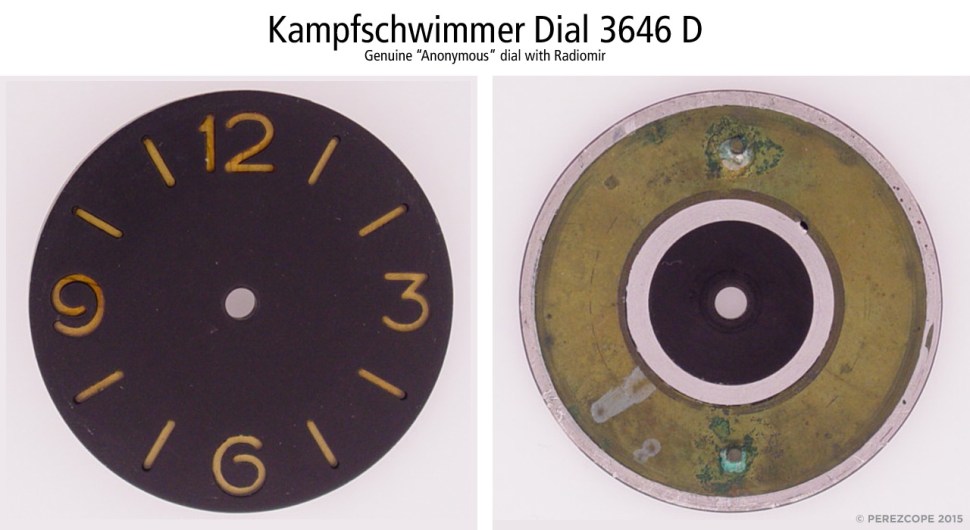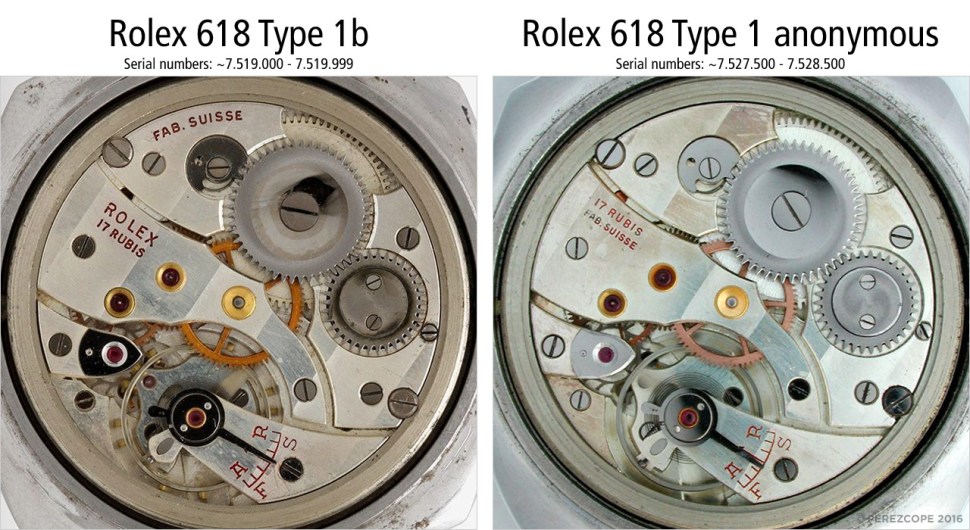A vast number of Ref. 3646 Type C to G watches were used by Nazi commandos from 1944 to 1945. Some of these watches can easily be identified by their distinctive engravings on the outside of their case backs. Those engraving were executed during the captivity of Nazi combat swimmers on the island of Sylt in Germany.
The fact that Panerai watches were used by Nazi combat swimmers (Meereskämpfer, Kampfschwimmer, Einzelkämpfer) during WW2 is without a doubt the darkest chapter in G. Panerai e Figlio’s history. The involvement of Rolex is unknown. Were they aware that the watches were used by the Nazis?
An interesting observation is that the watches supplied by Rolex to Panerai at some point in 1944 lack of any Rolex markings, neither the cases nor the movements were signed. Only the continuous Rolex case numbers were stamped. According to new findings the Rolex stamps on the case backs appear to have been removed.
To better understand how all these watches may have possibly come into Nazi hands it is essential to put the Nazi combat swimmers into the historical context of the events following the occupation of north Italy by the Nazi forces.
Italy and the Axis
Italy was an ally to Nazi Germany during WW2 and entered the war in June 1940. Italy was ruled by a fascist regime under the rule of Benito Mussolini, who was driven by imperialist ambitions to restore the “Roman Empire” in the Mediterranean (Mare Nostrum, Latin for “Our sea”). However, the Italian army was not very successful at implementing their ambitious plans and was defeated several times by the British armed forces in North and East Africa.
200.000 men were sent to Russia, to support the Nazis in “Operation Barbarossa”, the invasion of the Soviet Union. The Italian army was withdrawn by summer 1943 after having suffered heavy losses in the battle of Stalingrad.

The Decima Flottiglia MAS (Decima Flottiglia Mezzi d’Assalto, Italian for 10th Assault Vehicle Flotilla) was an Italian frogmen unit of the Regia Marina (Italian Royal Navy) created during the Fascist regime. Panerai watches were specifically built for the Decima MAS. The Decima MAS took part of several sabotage operations in the Mediterranean and sank or damaged five warships and around 20 merchant ships in attacks executed with manned torpedos.

The need for German sabotage combat swimmers
For a long time the Nazis relied on huge and ingenious weapons which, in their opinion, would lead to the “Endsieg”, the ultimate victory. Gigantic railway guns like the “Schwerer Gustav” (Heavy Gustav) and enormous battleships like the “Bismarck” and “Tirpitz”, the largest battleships ever built in Europe until today, were supposed to grant them win the war.
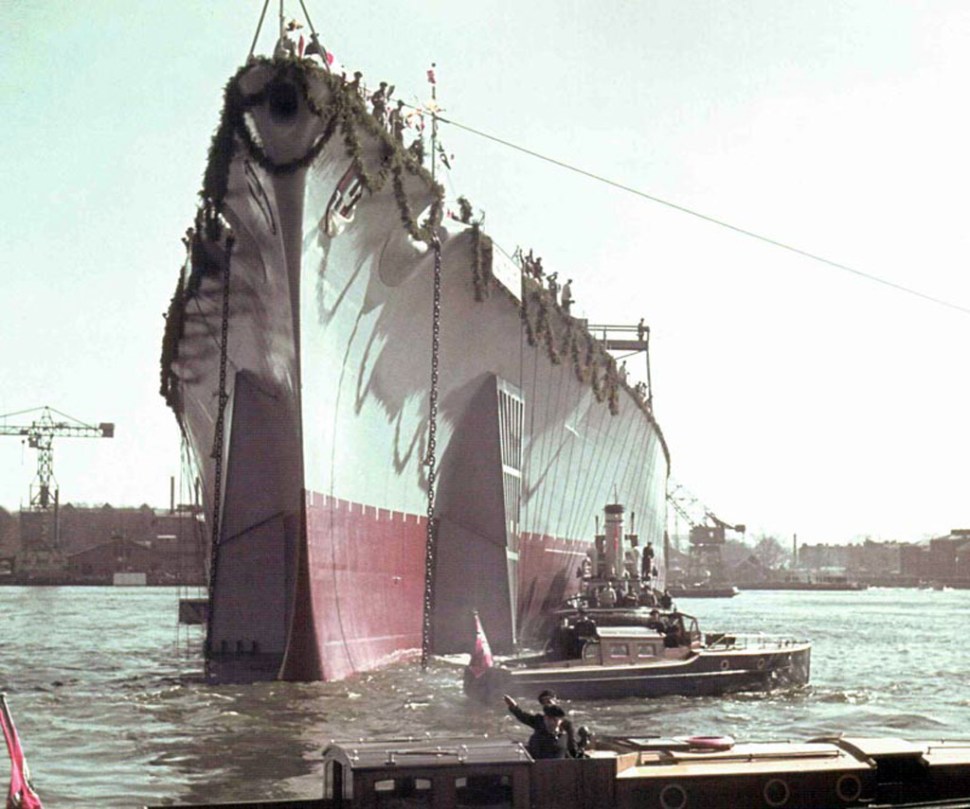
The idea of sabotage combat swimmers was presented to the German admirality in late 1942 but was rejected as being ridiculous. After the presentation the Admiral said laughing: “See, all it takes to destroy the entire british fleet are three or four people.”
In 1943 the Nazis started losing ground by the minute. The defeat of the 6th German army in February 1943 in Stalingrad, Russia was a turning point in WW2. The Nazis never regained the initiative in the east. Hitler urgently needed results to present to the German people at home.
German attempts to create underwater sabotage units (Meeresjäger-Abteilung) began in Spring 1943. But only after the “Tirpitz”, the pride of the German Kriegsmarine, had been damaged by british saboteurs in September 1943 in Norway, Hitler fully understood the importance and impact of these units. In consequence the Nazis started to recruit the best swimmers within the 3rd Reich.
Their training started in January 1944 in Valdagno, Italy at the training site of the Decima MAS. In the swimming facility of Valdagno they learned the basics and how to use the underwater breathing apparatus.
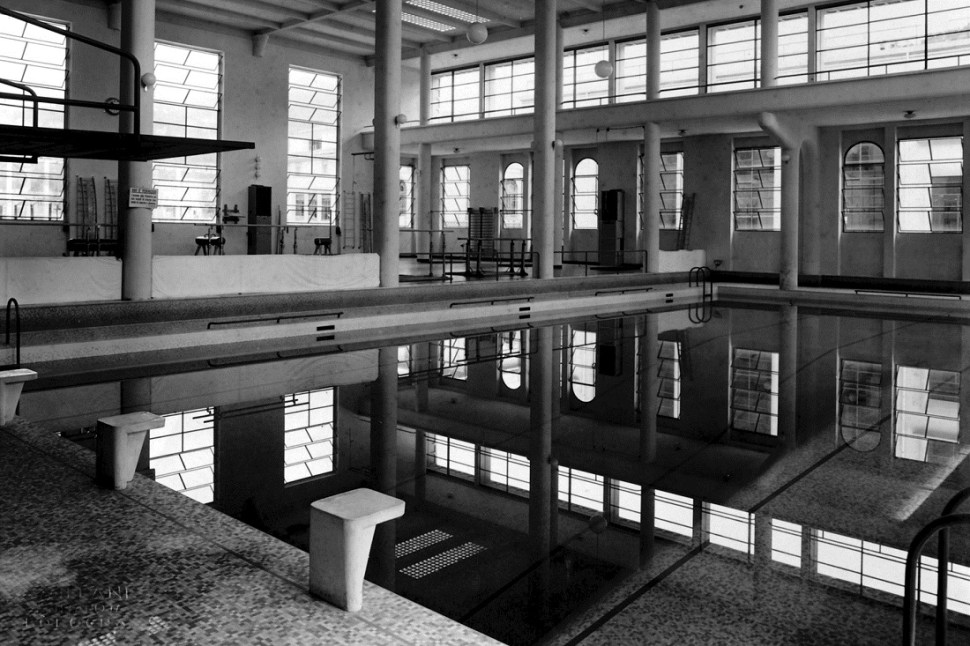
The aspirants later moved to the island of San Giorgio in Alga near Venice, where they would finalize their training under real life conditions in the open sea. It is said that the “Kampfschwimmer” were drilled to be blindly obedient until the very end.
July 1943
The allied invasion of Sicily “Operation Husky”, had started on July 10th 1943. As a result, the Italian Dictator and ally to Adolf Hitler, Benito Mussolini was toppled by the Grand Council of Fascism from power on July 24th 1943 and arrested on orders of King Victor Emmanuel III, only few days after Rome had been bombed by the allies for the very first time. Marshal Pietro Badoglio was named Prime Minister of Italy. Both, King Victor and Pietro Badoglio had already been negociating with the Allies for an armistice.

Immediatly after Mussolini’s fall, several German divisions entered Italy to execute and implement “Operation Achse”, a plan to disarm the Italian army and occupy Italy in case of an expected armistice with the allied forces.
September 1943
The “Armistice of Cassibile” was signed on September 3rd, 1943 and made public on September 8th, 1943. Italy had officialy left the “Axis powers” but the country plunged into a civil war with some co-belligerent forces joining the Allies while others remained loyal to Mussolini and the Axis.
Italian forces both in and outside Italy who would not join the Axis but could not resist until the Allies reached them were interned by the Nazis.
The Italian troops captured by the Nazis received the choice to keep fighting on their side or to be deported to concentration camps in Germany for slave labour.
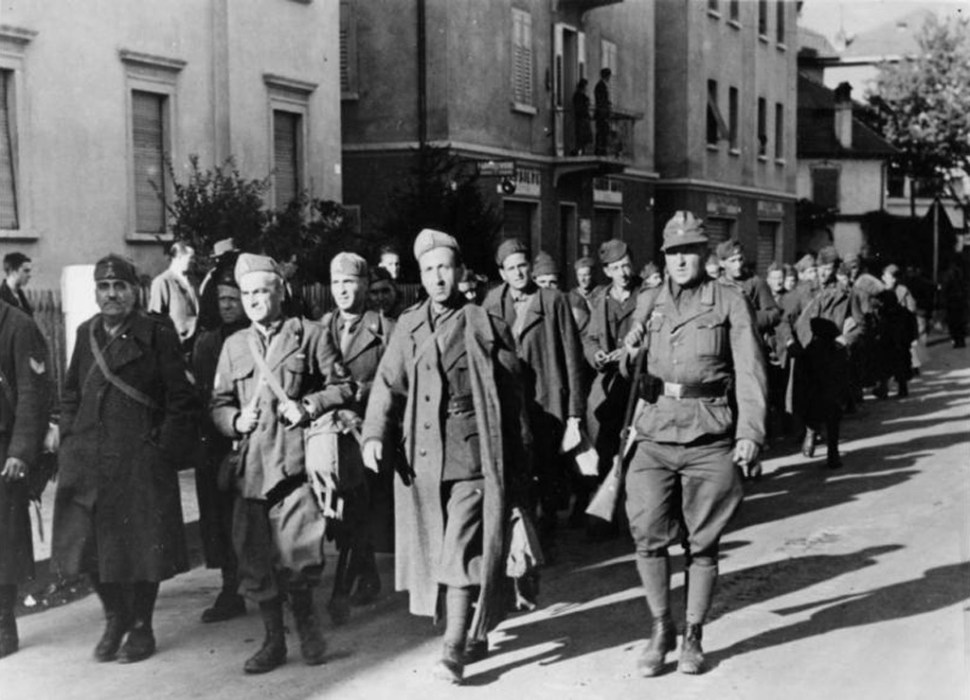
Among those who remained loyal to the Axis was a group of individuals around the Italian Navy Commander Junio Valerio Borghese of the Decima MAS. As submarine commander of the “Sciré” he had been in charge of several successful missions of the Decima MAS in Gibraltar and Alexandria (Egypt).
Borghese was born to a noble family that traced its lineage back to Imperial Rome and that over the centuries had held a prominent place among Italian aristocracy. Borghese’s mother, Valeria Maria Alessandra Keun, was probably of German ancestry.
The Italian armed forces had been left without particular orders after the armistice. Since Borghese was unable to receive orders from the navy command, he reasoned that staying under arms and waiting for directives was in the best interest of Italy. According to the official position of the Navy Ministry, the navy issued oders to “destroy X MAS equipment”.
The reason for Borghese’s decision to remain part of the Axis was most certainly not based on sympathy for the Nazi occupiers, considerations of strategic interest played a major part, beside saving Italian prestige.
The barracks of the unit in Muggiano, La Spezia had been surrounded by Nazi tanks. The men of the Decima MAS were of high morale and ready to fight. They removed the explosive heads of the SLCs (Siluro a lenta corsa) and placed them in the storage rooms in order to blow up the barracks, just in case the enemy would have won the upper hand over the situation. The very same day some men of the Decima MAS sank three submariners to avoid losing them to the Nazis.
After days of negotiations Commander Borghese finally made his decision to fight on the side of the Nazis. In order to protect the industries of the north and to prevent the communists from taking over parts of north Italy, he may have made a deal with the devil.

Borghese negotiated an agreement with the Nazis which gave the Decima MAS significant autonomy, allowed them to fight under the Italian flag (but under the command of the Nazis), and not to be employed against other Italians.
Several German officers infiltrated the unit ending up in high ranking positions. The Decima MAS became mainly a marine infantry unit with a distinctive anti-semitic ideology and fought mostly on the side of the Nazis against partisans. Episodes of torture with whips and gasoline followed by summary executions of partisans are known today.
The famous “Xa Flottiglia MAS” badge was only adopted after the Unit began to closely collaborate with the Nazis after the occupation of Italy. The original idea came from Commander Salvatore Todaro who had been killed in Tunis by an attacking British “Spitfire” aircraft in December 1942. During his final days he had expressed a desire to create a badge featuring a skull with a rose in mouth since, in his opinion, “dying in combat is a beautiful and rose-scented thing”.

After the armistice, Commander Junio Valerio Borghese instructed the artist Giovanni Fumagalli to develop a concept for the new arm badge based on Todaro’s idea.
Other parts of the Decima decided to fight on the side of the Allies. This unit was known as the “Mariassalto”. Prominent Italian combat divers in british captivity like Luigi Durand de la Penne joined the Mariassalto unit after they were released in 1944. It is said, that the Mariassalto still maintained some sort of contact to the Decima MAS.
On September 9th, 1943 the Allies started “Operation Avalanche”, a major invasion on mainland Italy around Salerno. The Nazi forces retreated behind the Gustav line, a defense line 100 km south of Rome.
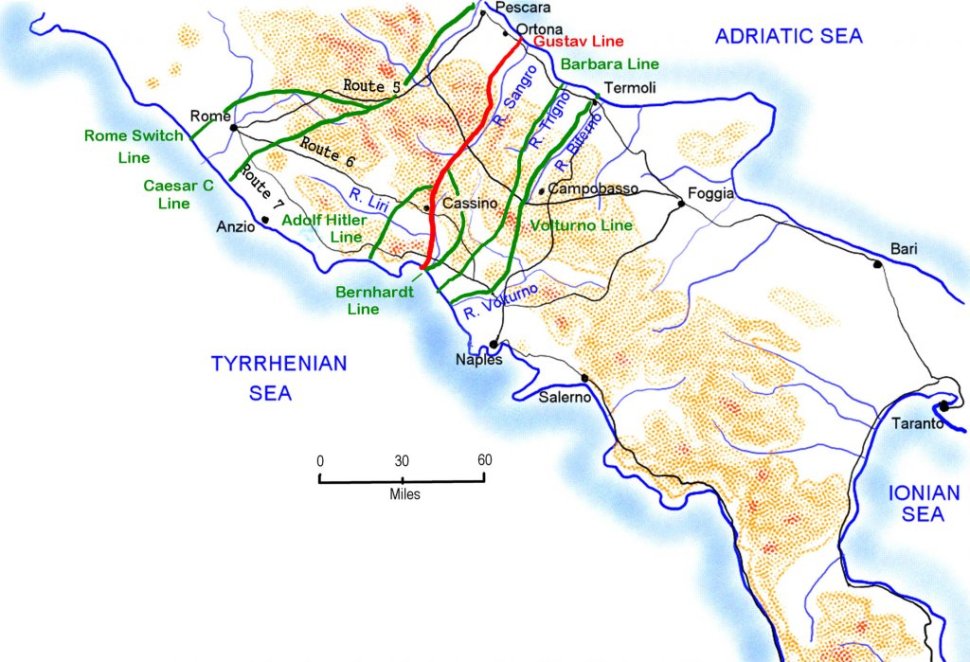
The Massacre of the Acqui Division
The Italian 33rd Acqui Infantry Division in Cephalonia, Greece received orders from the Italian High Command under King Victor Emanuel III on September 11th, 1943, not to hand over their arms or surrender to the Nazis. After days of battles with the Nazis the Italians had suffered heavy losses and were forced to surrender. As a result, by September 26th, 1943, 5155 Italian soldiers and around 300 officers were systematically executed without mercy by the “Gebirgsjäger” Nazi forces.
Following the Italian surrender, Hitler had issued an order allowing the Germans to summarily execute any Italian officer who resisted “for treason”, and on 18 September, the German High Command issued an order stating that “because of the perfidious and treacherous behaviour on Cephalonia, no prisoners are to be taken.
The massacre of several thousand italian prisoners of war by the Nazis stands as one of the worst single crimes commited by the German Wehrmacht.
The Nazi occupation
In consequence the whole north of Italy was occupied by the Nazis. A puppet regime, the “Republica Sociale Italiana” (Italian Social Republic) was installed under the rule of Benito Mussolini. He had been rescued by the Nazis in “Operation Eiche” about two month after he was stripped from power.
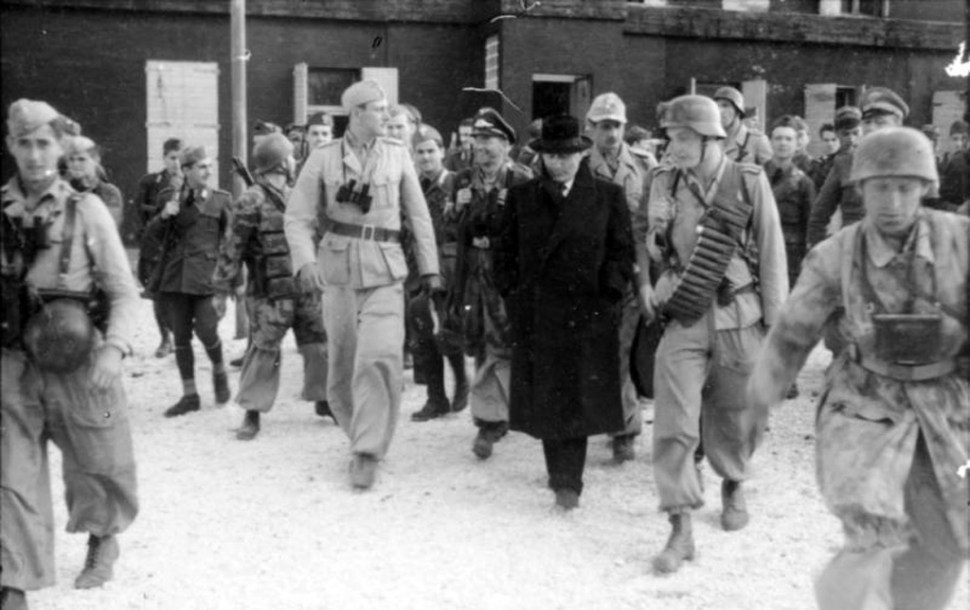
The Italian jews, who had been more or less safe until then, began facing deportation. In October 1943 the Nazis raided the Jewish Ghetto in Rome. In November 1943, the Jews of Genoa and Florence were deported to Auschwitz. It is estimated that around 7,500 Italian Jews became victims of the Holocaust.
Several massacres were commited to civilians by the Nazis during the occupation. Entire village populations were wiped out in reprisal of local support given to the partisans and the Resistance. The massacres of Marzabotto and Sant’Anna di Stazzema give testimony of the mercilessly execution of children, women and men.
335 Italian prisoners were executed near Rome as a reprisal for the death of 33 Nazi SS policemen, who had been killed by partisans. Each German was worth 10 Italians.

In case of the massacre in the mountain village of Borga near Valdagno on June 11th, 1944, it has been testified that SS Kampfschwimmer were involved in the killing of all 17 men of the village as well.
The Nazis raid the G. Panerai e Figlio workshops
It has been reported that during the occupation the Nazis used to search for all kind of useful materials and food to be brought to Germany. Everything that appeared valuable was confiscated and piled for the transport. Some members of the Decima MAS have reportedly recaptured some of these items, especially food and distributed it to the starving population.
In the book “Junio Valerio Borghese” written by Sergio Nesi it is said, that the Decima MAS had ordered and paid some underwater watches from Panerai. Out of convenience a German Lieutenant Commander named Schomberg was sent to pick them up in Florence. All watches were distributed to the Kampfschwimmer, without exception, leaving the Decima MAS with nothing.
Florence became target of Allied bombing by beginning of 1944 and was liberated by Allied forces only a few months later, on August 11, 1944.
On the night between 3 and 4 of August, Nazi parachut troopers as part of “Operation Feuerzauber” blew up all bridges over the Arno in the medievil core of Florence as they withdrew before the advancing British 8th Army. All bridges except for the Ponte Vecchio.
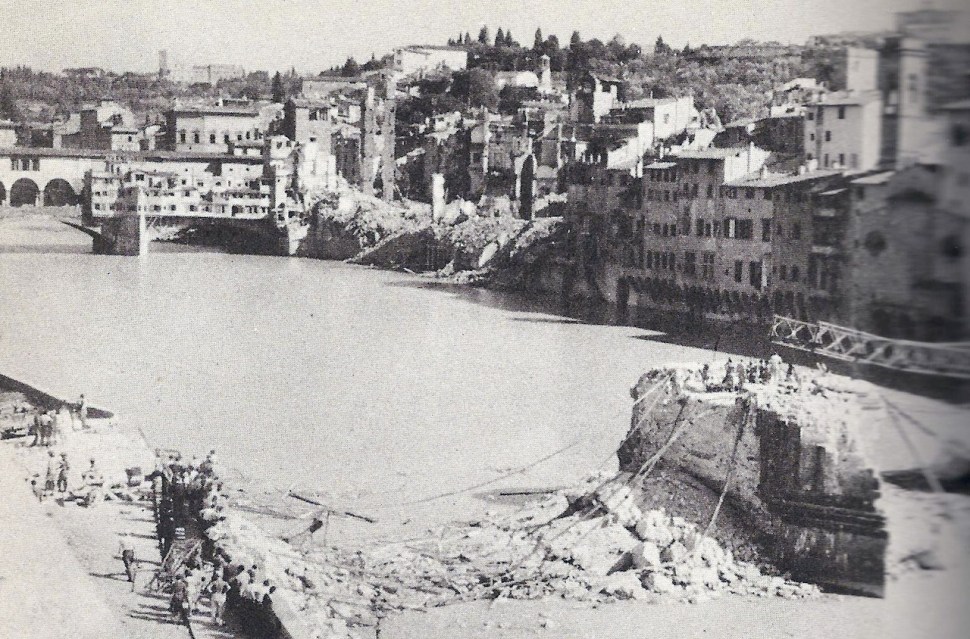
It is said that the Ponte Vecchio was Hitler’s “Lieblingsbrücke”, his favorite bridge, and in order to preserve it the Nazis destroyed all historic buildings at both ends to obstruct the access to the bridge.

According to “Panerai – Una storia Italiana” G. Panerai e Figlio in Florence was visited by the Nazis before their retreat. The German army had received orders to raid the workshops of all material and machinery.

Everything that was stolen from Florence was brought to Arturo Junghans S.A. on the island of Giudecca in Venice. Large parts of the North of Italy were still under control of Nazi Germany. Arturo Junghans S.A. was originally founded in 1878 by the Fratelli Herion (Herion brothers). Arthur Junghans became a partner in 1899 and only a few years later the company was considered to be the largest watch factory in the world. The daily watch production in 1920 was of 1500 watches. After the occupation of Italy by the Nazis in 1943 the factory became a producer of military fuses.
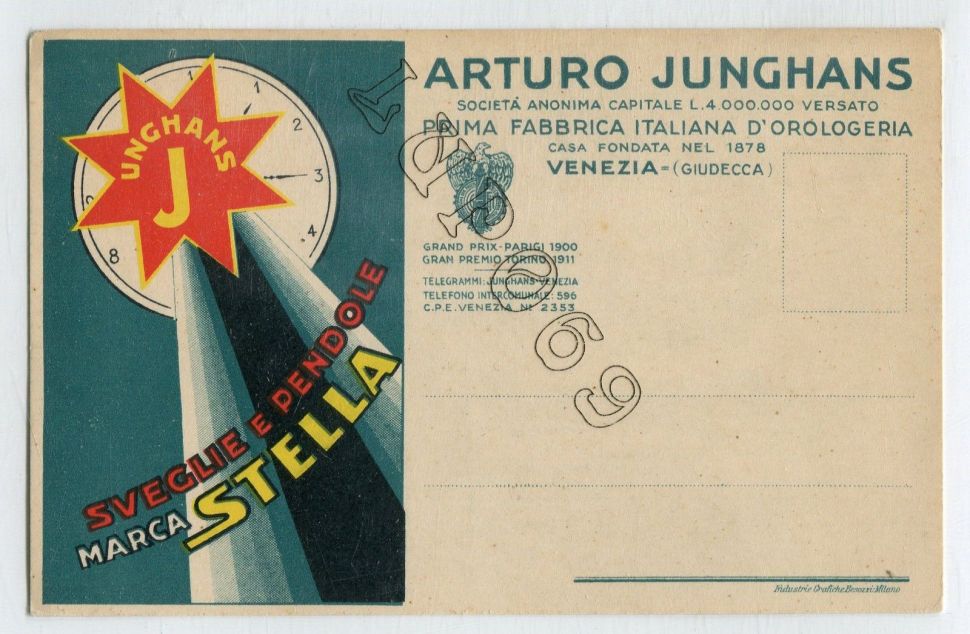
According to the authors of the book plenty of G. Panerai e Figlio materials were found whilst cleaning out the Junghans factory warehouses in the 1990s. Among these were also 30 NOS Ref. 3646 watches with California dials, still in their cardboxes. Several California and brass dials were found there as well. One of those watches is case number 260856, a fully anonymous 3646 Type E.

In their book “The References” from 2009, Ehlers & Wiegmann tell a “fantastic” story about two German naval officers, who visited Florence after the liberation by the Allies:
“From the 18th Nov 1944 the German combat swimmer units left Italy. Prior to this, two German naval officers travelled undercover to Florence. Despite their final destination, Panerai, being occupied by the Allies since August 1944, they urgently needed extra supplies. In addition to a few diving watches still available, the officers were also given replacement parts – including dials which had not been produced using the complex sandwich construction method.
The German combat swimmers stationed on the North Sea Island of Sylt from the end of November, delivered their defective watches to the watchmaker Ostermann who rectified water damage and faults. The replacement parts, “rescued” by the officers from Florence were used during the final months of the war in repairs and maintenance activities and often gave Panerai watches a different face.”
Florence, as we have learned, had not been occupied by the Allies, it had been liberated. 99.9% of the Florentine population were relieved to see this Nazi nightmare come to an end. I do not know the origins of this story but considering the facts it is not very plausible.
The anonymous watches
It is during the occupation of Florence that Panerai watches changed their appearance. The typical “Radiomir Panerai” inscription on the dials disappeared. Almost all 3646 Type D have anonymous sandwich dials without any inscription. The shape of the 6 and the 9 changed slightly… barely visible (more open), as if someone at Panerai wanted to make sure that future generations would understand the difference. The case numbers 260408 – 260838 were probably produced in late 1943 or early 1944 as specific equipment for Nazi combat swimmers.
Late watches of this batch have low bezels and thin California or brass dials. Perhaps these watches were assembled at Junghans S.A. in Venice and after running out of Panerai sandwich dials they were forced to use California dials. To achieve a higher luminosity Junghans S.A. may have created the brass dials themselves.
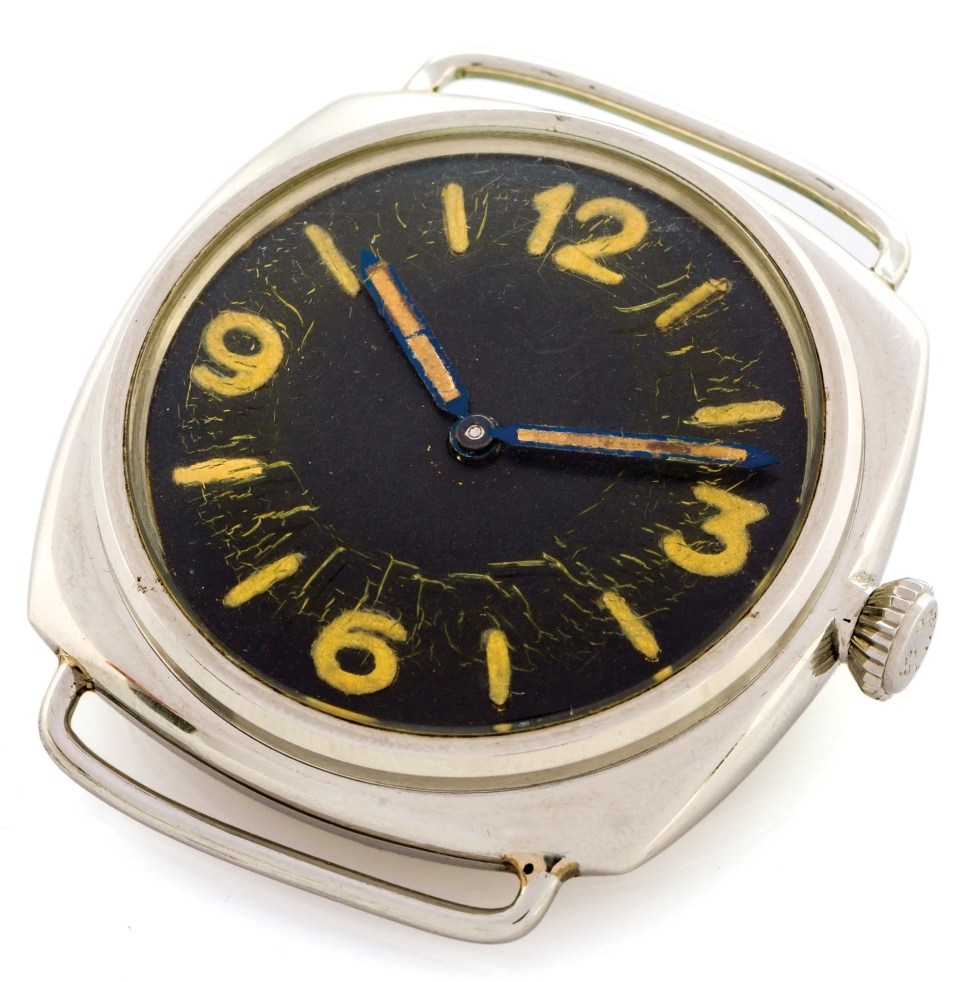
Later batches made in 1944 (260850 – 261120 and 317488 – 317526) are equipped with low bezels and california or brass dials. Type E and Type G watches are completely anonymous. Neither case backs nor movements bear any Rolex markings. Only exception is Type F which had a Rolex stamp on the case backs while the movements remained anonymous.

It has been speculated that this “Camouflage” had been requested to conceal the identities of the combat divers. This theory does not make much sense, considering the fact that every combat diver had a water resistant rubber pocket in which they carried their id card.
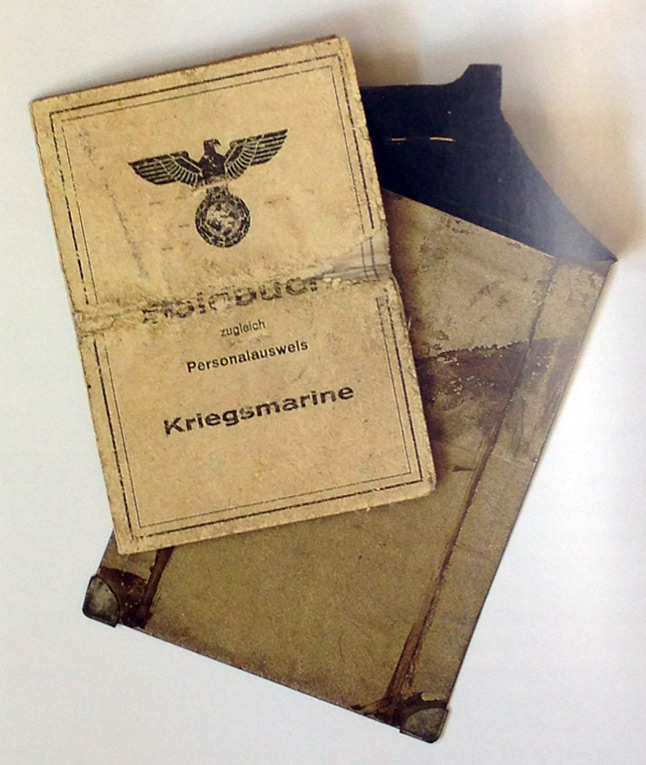
.
It was crucial that the combat divers were cleary identifiable as soldiers in order to receive POW status (Prisoner of War) in case of a possible capture by the enemy. Individuals without military ranks or id cards were seen as spies and saboteurs, their execution would have taken place on the spot without trial.
According to Ehlers & Wiegmann the case backs of these later batches are much thinner in the center. This leads to the assumption that the original Rolex stamps must have been removed. There is at least one watch (260889) where the Rolex stamp is still slightly visible, thus supporting this theory.
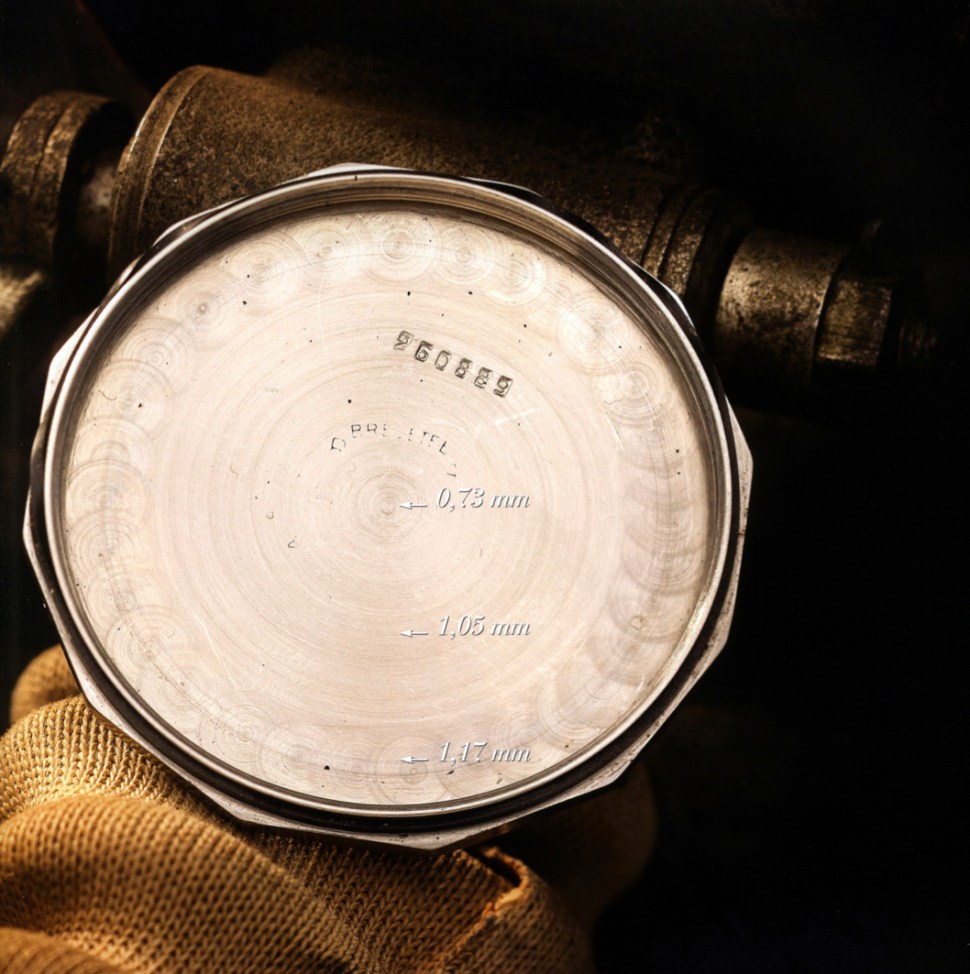
These case backs also lack of a reference number. They only bear the Oyster case number, which moved away from the center and closer to the edge where the case back is still thick enough. These case backs also have a simpler “Perlage” decoration just around the edge.
The anonymous movements
I believe it was Rolex who removed the stamps when they learned that the watches would end up with the Nazis. Rolex and especially its owner Hans Wilsdorf did simply not want to be associated with Nazi Germany.
A strong lead which supports this theory is that the even movements lack of any Rolex markings. Rolex most certainly ordered new movements or bridges from Cortebert without the usual “Rolex” engravings.
The serial numbers of these “new” movements are much higher: 7.527.xxx compared to 7.519.xxx of typical 3646 Type D watches.
> Overview of all movements used in vintage Panerai watches
If Rolex knew about the Nazis and was not comfortable with it, why did they not just stop the supply? Why all the hassle to hide the provenance of the watches?
The answer could be very simple.
In May 2016 I had the unique opportunity to meet Maria Abetti Panerai, the widow of Giuseppe Panerai, in Florence. She told me that her husband had to risk a lot during the occupation of Florence. Times were very hard under the tyranny of the Nazis. A few employees of G. Panerai e Figlio were deported but Giuseppe did everything possible to get them home safely.
Perhaps Giuseppe Panerai was forced and even threatened by the Nazis to order more watches for them. Facing defeat at almost every front, the Nazis became desperate to slow down the Allied offensives closing in from east and west. Hundreds of Kampfschwimmer were deployed to sabotage and blow up bridges. The Germans needed time to create new defense lines.

Perhaps Giuseppe Panerai was somehow able to make Hans Wilsdorf , founder and owner of Rolex, understand what they were going through in the occupied city of Florence.
At this point Rolex could have stopped the supply. But Hans Wilsdorf, knowing what Guiseppe Panerai was facing, maybe decided to help the Panerai family by delivering the watches as requested. In order to protect his brand he might have given the order to remove the Rolex name from the watches before delivery.
Hans Wilsdorf was of German descent but as a young man he soon developed a strong bond with Great Britain. It was in London where he founded his first company Wilsdorf & Davis in 1903. He married his British wife Florence Frances May Crotty in 1911. Soon after his marriage he became a British citizen. During World War 1 the British developed strong Anti-German sentiments which led Hans Wilsdorf to give up his luxury brand “Hans Wilsdorf” since it sounded very German. High import duties during the war forced him to move his business to Switzerland.
During WW2 in 1943, Hans Wilsdorf made it very clear on which side he was. Switzerland was surrounded by the Axis powers and had been cut off from the usual markets. Thousands of Allied prisoners of war (POWs) were held captive in German camps beyond the German lines. Their watches had been confiscated by the Nazis. When Hans Wilsdorf heard this, he offered to replace all the watches that had been confiscated. Payment was not required until the end of the war. The watches were not only good for the morale of the soldiers, they were also very useful to escape the camps. It is said that in the camp Oflag VII B POW in Bavaria alone, British POWs had ordered more than 3000 Rolex watches.
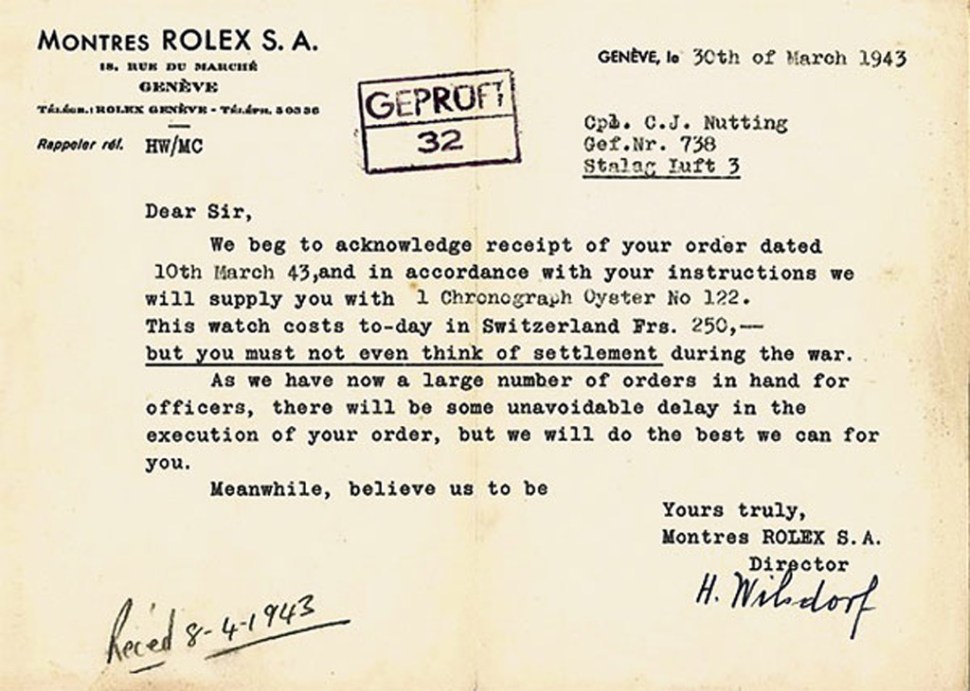
> Read more about Hans Wilsdorf here.
Swiss watch manufacturers like Cortebert, Jaeger LeCoultre and IWC are known to have supplied the Nazis with watches. These watches can be easily be identified by the “KM” (Kriegsmarine) inscription on the dials.
Rolex has never supplied watches to the Nazis. The Panerai watches are the only exception.
Epilogue
My theory is model thinking based on common sense. There must be a logical reason why Rolex decided to remove their signature from the watches. What I learned about the occupation of Italy during the research for this article is disturbing. The possibility that Hans Wilsdorf may have helped Giuseppe Panerai in a very difficult and possibly dangerous situation is a ray of hope, a true story of friendship.
Thanks for your interest.

